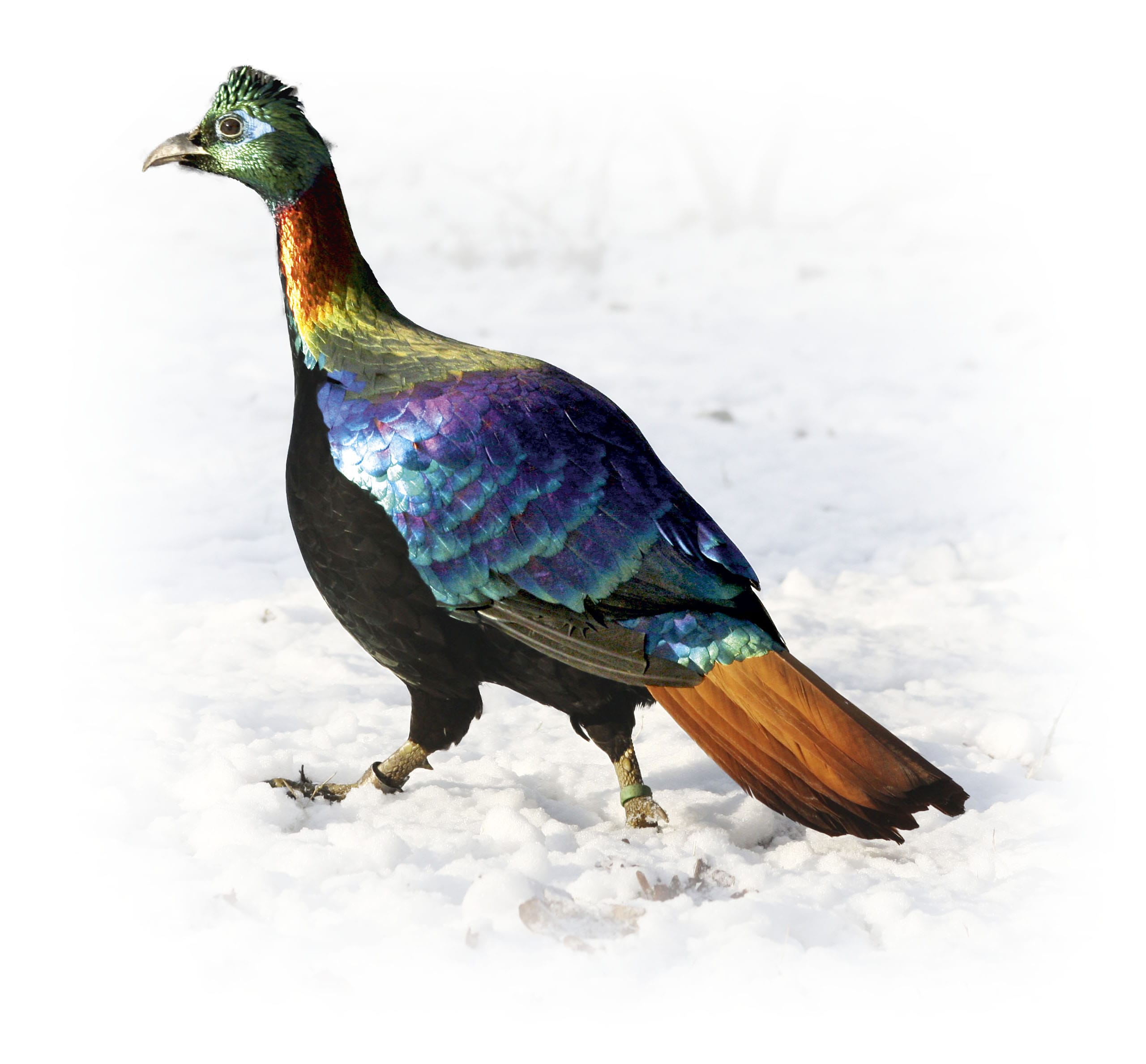
Vulturine Guineafowl — Edward Brice
The Vulturine Guineafowl (Acryllium vulturinum) is named for its bald neck and head, resembling a vulture. This striking and unique looking galliforme is from central parts of Africa and is of least concern.
This species rarely flies, except for roosting in the evening. They have a distinct high-pitched call often used as a warning of danger. They eat plant matter as well as insects, and do not need to drink regularly due to the vegetal diet which provides them with sufficient water.
Being a gregarious species, they form flocks of around 30 individuals and often many females will lay in the same nest. In captivity these birds will become very tame and are best kept in pairs or small groups. They require shelter and heat in the winter, and do not tolerate the wet well. Sexes are very similar, with best way to tell being DNA, although males are usually noticeably larger. These birds typically lay during the summer months, however they have been known to lay throughout the year if wintered inside. Eggs are cream, thick-shelled and pointy, egg eating can be a common problem, so the provision of nest sites is important for this species.
Go back Introduction Promo
Stronger • Together • for Aviculture
Membership
Membership is open to all. When membership levels allow, we will print our magazines. In the meantime, our membership rate reflects the digital-only output.

